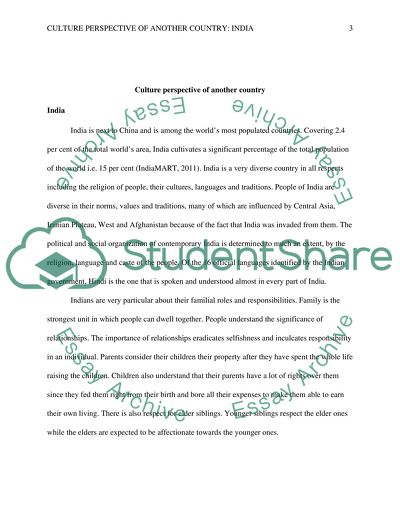Cite this document
(“Culture perspective of India Dissertation Example | Topics and Well Written Essays - 2250 words”, n.d.)
Retrieved de https://studentshare.org/culture/1391296-culture-perspective-of-india
Retrieved de https://studentshare.org/culture/1391296-culture-perspective-of-india
(Culture Perspective of India Dissertation Example | Topics and Well Written Essays - 2250 Words)
https://studentshare.org/culture/1391296-culture-perspective-of-india.
https://studentshare.org/culture/1391296-culture-perspective-of-india.
“Culture Perspective of India Dissertation Example | Topics and Well Written Essays - 2250 Words”, n.d. https://studentshare.org/culture/1391296-culture-perspective-of-india.


